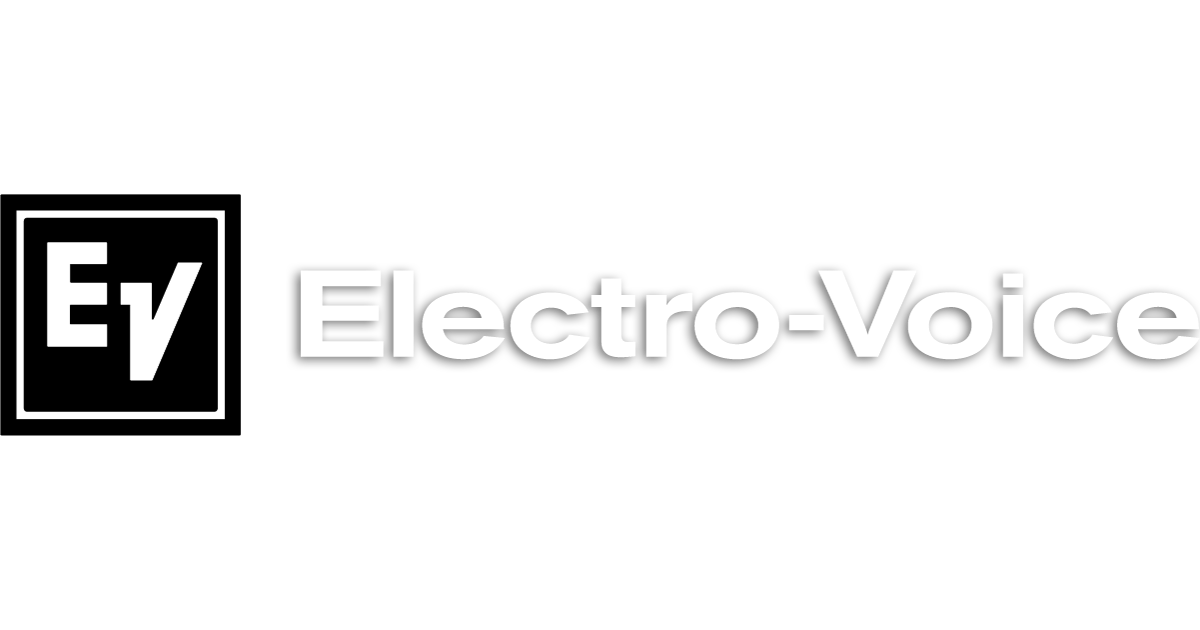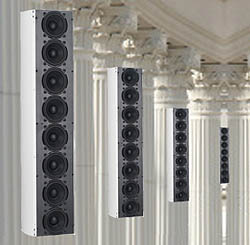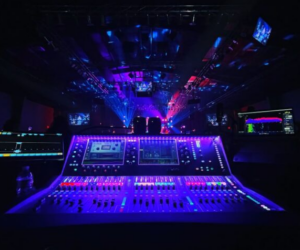This month we look at line source column loudspeakers, which are also sometimes called “architectural” loudspeakers, presumably because their slim-profile design allows them to blend well into their surroundings.
Despite their rather scant appearance, however, many modern column loudspeakers deliver exceptional full-range performance, and this can be furthered by companion LF boxes and subwoofers.
There are two primary types of column loudspeakers – those that offer the ability to “digitally steer” the vertical beamwidth and those that don’t. But it’s not quite that simple, because several models offer some steering capability at a variety of degrees (pardon the pun).
For example, the JBL Professional CBT 70J-1 included in our following report offers switch-selectable narrow and broad vertical dispersion modes. This additional control is attractive given that a primary application for column loudspeakers is reverberant public spaces – houses of worship, auditoriums and passenger terminals.
In fact, the characteristics of line source columns – wide horizontal coverage, minimal vertical coverage above and below the enclosure and coherent sound in the vocal range – are all attractive features for these kinds of venues.
Driver spacing determines the highest frequency at which a column of identical drivers acts as a line source, while the height of the column determines the lowest frequency with directivity. As with modular line arrays, a short system might efficiently throw the midrange, but LF performance can be compromised.
Although they’ve been around for more than a half-century, column loudspeakers are popular because they offer a compromise solution for those who need efficiency in the vocal range combined with even coverage and the aforementioned slim profile. A look into line source coupling behavior and pattern control tells us that loudspeaker cones exhibit coupling behavior up to a frequency whose wavelength is half the distance between adjacent acoustic centers.
It’s common for line source columns to be combined as multiple cabinets to achieve better performance as taller systems for bigger rooms. Longer columns provide pattern control reaching to lower frequencies. A 9-foot column can provide control to 125 Hz, so combining three 3-foot columns can increase low frequency performance.
Digitally steerable models incorporate individual amplification, delay and equalization for each driver, allowing the column’s vertical coverage to be tilted down (or up) and focused for short or long throws, though its horizontal coverage remains fixed. A growing segment of the market is the development of line source systems that are highly portable, with options ranging from the much-lauded Renkus-Heinz IC Live to newer options such as HK Audio Elements.
With advances of this type ongoing it’s no wonder that column loudspeakers continue to grow in popularity.
Take our Real World Gear look at the latest available models.
















